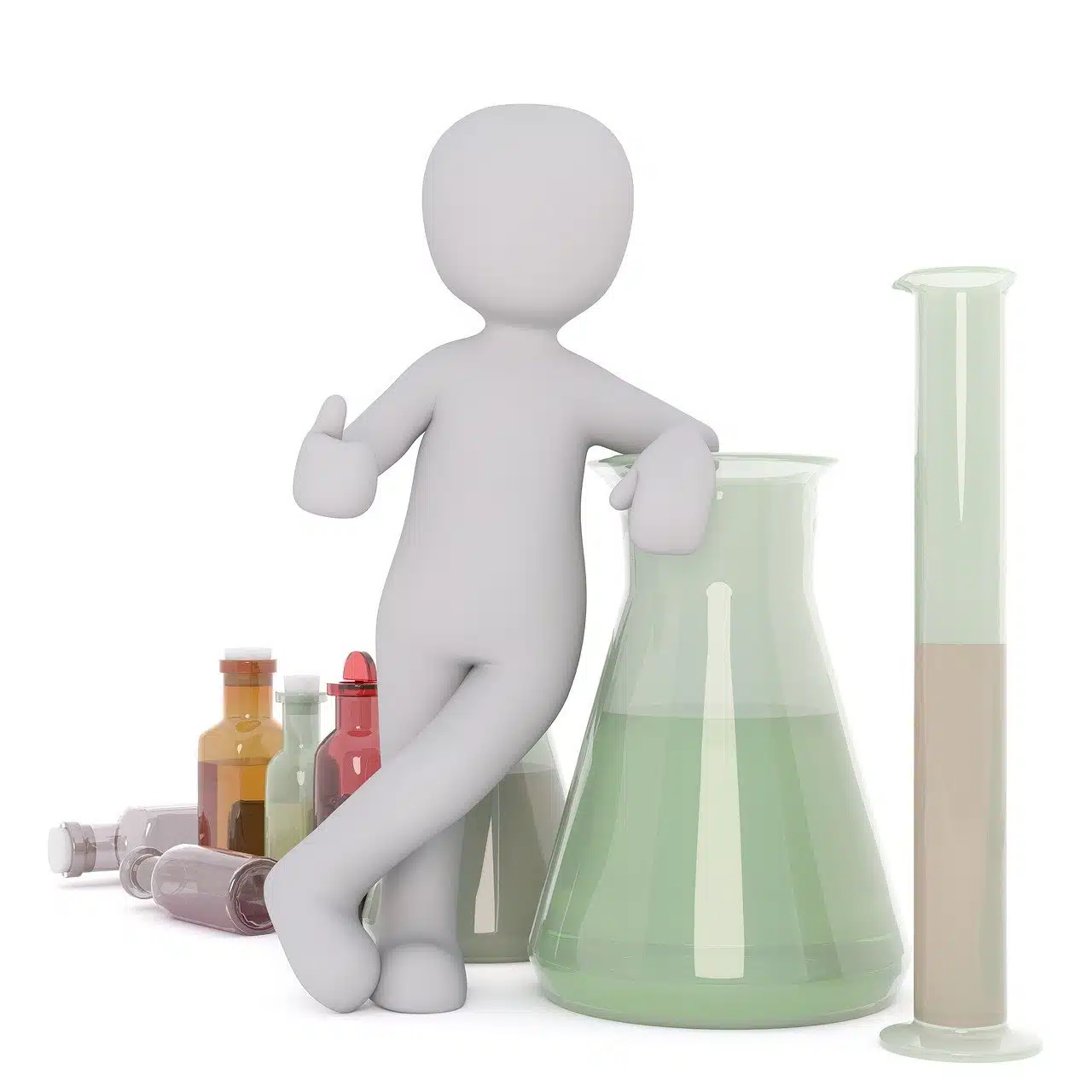
A stable chemical compound is made up of atoms that are joined together by the force of a chemical bond .
Chemical compound is any substance that arises from combining at least a couple of elements included in the periodic table , which cannot be separated or divided by methods such as distillation, filtration or decantation. If you want to segment the elements involved, you only have to resort to a chemical reaction .
We must not lose sight of the importance of the chemical formula , since it is essential to know, among other things, how each chemical compound is formed, in what proportion the elements are united and how many atoms there are in a molecule .
Varieties of chemical compound
There are different varieties of chemical compound . A very large group comes to light, for example, if they are valued in terms of what kind of atoms are at play as part of the composition.
Organic compounds appear in this framework, which in turn, according to the characteristics they present, are segmented into the categories of polymers , aromatic , organometallic , aliphatic and heterocyclic .
Inorganic compounds , meanwhile, are classified as hydrocarbons , oxides (these can be basic or acidic), oxyacids , hydroxides , hydracids and salts (which are classified, as appropriate, into basic, acidic, neutral or mixed salts).
If you study them according to how the bond is between the atoms involved in a chemical compound , to add more information on the subject, then the covalent bond that unites the molecules and the electromagnetic bond that connects the ions becomes relevant. The metallic bond , on the other hand, is typical of intermetallic compounds, while there is a style of coordinated covalent bond capable of maintaining the union of the structures that form complex compounds.

The periodic table distributes the chemical elements in horizontal rows known as periods and in columns called groups.
Stoichiometry and chemical reactions
Stoichiometry is very useful, as well as stoichiometric calculations , to learn and understand issues related to chemical reactions . This is known as the study that allows us to establish how much matter is produced and consumed in a chemical reaction , assessing the quantitative link between products and reactants .
It should be noted that in organic chemistry there are reactions whose bases vary between ketones , alkynes , aldehydes , alcohols , alkanes and alkenes , while in the field of inorganic chemistry there are redox reactions and neutralization reactions , for example. Specialists also distinguish between decomposition reactions , combination or synthesis reactions , double substitution reactions , exoelectric, endoelectric , exothermic and endothermic reactions , to add other references.
The law of conservation of mass , meanwhile, provides key principles to understand the chemical phenomenon that generates products: first, it establishes that the total number of atoms is invariable before and after a chemical reaction has occurred. And, in the same order, he points out that the number of atoms of each element is also the same from the phase before the reaction occurs.
Before closing the segment dedicated to chemical reactions , it is necessary to refer to catalysis , a very attractive process to investigate since, using catalysts (in some cases they are heterogeneous catalysts , in others they are homogeneous catalysts ), it is possible to alter the speed. with which a chemical reaction is carried out.

A covalent bond joins two hydrogen atoms and one oxygen atom to form the molecule that gives water its identity.
Nomenclature of chemical compounds
The nomenclature of chemical compounds varies with respect to the category of inorganic compounds and the group of organic compounds .
Before detailing the methods applied to the identification and representation of chemical compounds, it is interesting to highlight that the universal regulations regarding chemical nomenclature come from an entity called the International Union of Pure and Applied Chemistry (IUPAC) . This organization proposes that, along with the name, it be clarified what quantity a compound of a certain element has. From there they recommend the use of the systematic or stoichiometric system to identify each compound according to the number of atoms that each element involved has.
The Stock system (which is characterized by marking the valence of atoms with Roman numerals) and the classical system (almost no longer used, based on the use of prefixes and suffixes to detail the atomic valence) have also been made official.
Properties of the compounds
Chemical compounds have physical and chemical properties that invite us to discover multiple qualities and possibilities of these preparations. It should be noted that there are chemical tests aimed at establishing what properties and what level of reactivity a certain chemical substance has. We speak of a chemical element when there is no reaction to chemical decomposition : if the result is positive then the existence of a chemical compound is determined.
In this context, solubility (as defined by the ability of a solute to dissolve in a solvent), density, and both boiling and melting points cannot be overlooked.
We must also consider aspects such as the power of reactivity , oxidation (a typical phenomenon of redox reactions in which a loss of electrons is evident), reduction (a process opposite to that of oxidation , where an ion or an atom manages to add electrons). , acidity and basicity .
